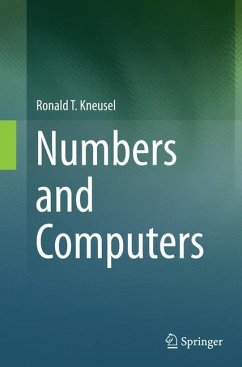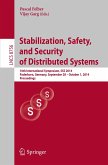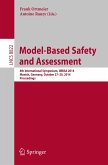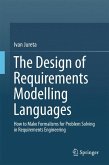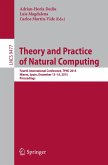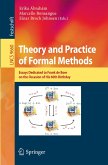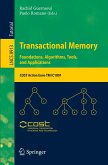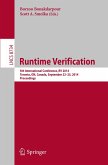This is a book about numbers and how those numbers are represented in and operated on by computers. It is crucial that developers understand this area because the numerical operations allowed by computers, and the limitations of those operations, especially in the area of floating point math, affect virtually everything people try to do with computers. This book aims to fill this gap by exploring, in sufficient but not overwhelming detail, just what it is that computers do with numbers.
Divided into two parts, the first deals with standard representations of integers and floating point numbers, while the second details several other number representations. Each chapter ends with exercises to review the key points. Topics covered include interval arithmetic, fixed-point numbers, floating point numbers, big integers and rational arithmetic.
This book is for anyone who develops software including software engineerings, scientists, computer science students,engineering students and anyone who programs for fun.
Divided into two parts, the first deals with standard representations of integers and floating point numbers, while the second details several other number representations. Each chapter ends with exercises to review the key points. Topics covered include interval arithmetic, fixed-point numbers, floating point numbers, big integers and rational arithmetic.
This book is for anyone who develops software including software engineerings, scientists, computer science students,engineering students and anyone who programs for fun.
"This book can be profitably read by anyone who is interested in computers and is willing to occasionally slog through perhaps unfamiliar territory with minimal guidance. ... details are explained thoroughly, with utmost clarity and specificity. Each chapter ends with a summary, recommendations, exercises, and a set of carefully selected references. This small book provides a solid foundation for further exploration and study. It can be especially valuable to computer science and electrical engineering students." (Edgar R. Chavez, Computing Reviews, February, 2016)
"This book is, on one level, a discussion of how computers work with numbers. It tells how computers represent numbers such as integers, floating point numbers, big integers, decimals, and what is more, how one can write one's own routines to operate on numbers. ... If thismakes you wonder about the utility of computers and how to better understand numerical representations and calculations, you will do wellto add this book to your winter reading list." (David S. Mazel, MAA Reviews, maa.org, January, 2016)
"The book starts with an overview on number systems. ... The book is a good source of information for all who wants to learn how numbers are represented in computers and how computations are performed." (Michael Jung, zbMATH 1330.65002, 2016)
"This book ... should be on the bookshelf of every software developer. ... Each chapter has a nicely composed set of exercises and a well-constructed set of references. The book contains numerous algorithmic examples presented throughout the text in C-like code that is easy to follow, as well as a well-organized index. ... Summing Up: Recommended. Upper-division undergraduates, graduate students, researchers/faculty, two-year technical program students, and professionals/practitioners." (J. Beidler, Choice, Vol.53 (4), December, 2015)
"This book is, on one level, a discussion of how computers work with numbers. It tells how computers represent numbers such as integers, floating point numbers, big integers, decimals, and what is more, how one can write one's own routines to operate on numbers. ... If thismakes you wonder about the utility of computers and how to better understand numerical representations and calculations, you will do wellto add this book to your winter reading list." (David S. Mazel, MAA Reviews, maa.org, January, 2016)
"The book starts with an overview on number systems. ... The book is a good source of information for all who wants to learn how numbers are represented in computers and how computations are performed." (Michael Jung, zbMATH 1330.65002, 2016)
"This book ... should be on the bookshelf of every software developer. ... Each chapter has a nicely composed set of exercises and a well-constructed set of references. The book contains numerous algorithmic examples presented throughout the text in C-like code that is easy to follow, as well as a well-organized index. ... Summing Up: Recommended. Upper-division undergraduates, graduate students, researchers/faculty, two-year technical program students, and professionals/practitioners." (J. Beidler, Choice, Vol.53 (4), December, 2015)

